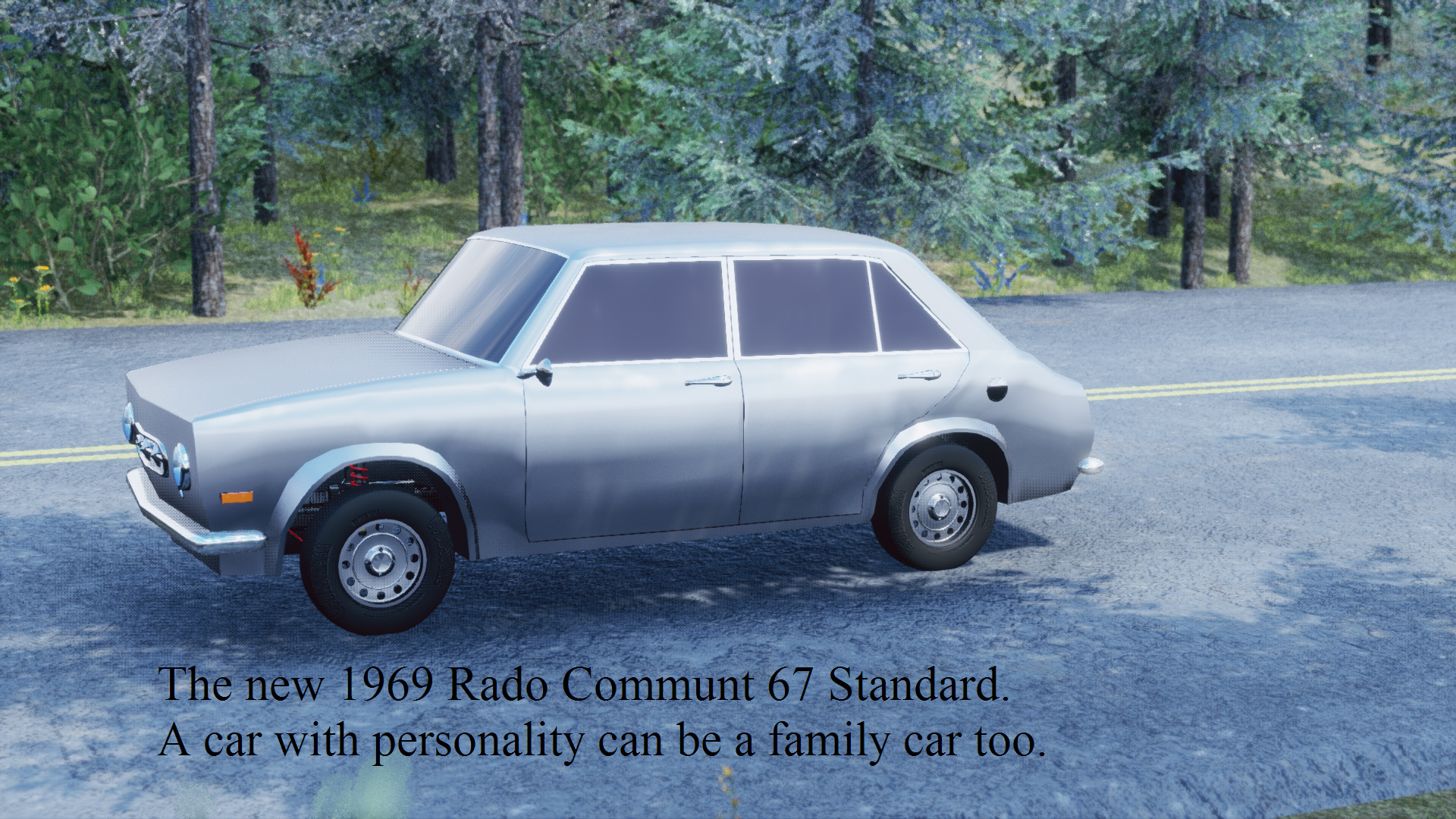1984 Shromet Radiant
While 1979 marked the launch of the Shromet Radiant, it wasn’t until the mid-generation facelift in 1984 that the quirky little hatchback really garnered a lot of attention.
It had always been an inexpensive commuter car, but the larger 1.7 liter 4-cylinder, fuel-injected motor gave the Radiant nearly all the tools it needed to succeed in a crowded entry-level market.
The last tool came in the form of a permanent, full-time four-wheel drive system. This opened up the sales floodgates in northern climates, particularly New England and the Great Lakes states.
As a commuter, the Shromet Radiant presented a no-nonsense package. Power was reasonable, at 87 horsepower. Fuel economy was excellent, with a highway rating of 36 MPG and a combined rating of 30 MPG, even with the drag and weight of the four-wheel drive system. Radiants came standard with a 4-speed manual transmission and lacked power steering, but that wasn’t much of a problem given their small footprint and relatively light weight. Seating consisted of cloth-faced vinyl seats with a driver’s side lumbar adjustment. Four belts were included; Shromet did not place a rear seating position over the sizeable driveshaft tunnel.
Over the years, many Radiants have rusted away into nothingness due to a lack of adequate rustproofing. But their solid mechanical design, fantastic fuel economy, and sure-footed traction have attracted a modest but extremely devoted following. You can usually find at least one Radiant at any given trailhead up and down the West Coast, any given weekend. This following also extends to states where clean examples simply do not exist. One of our contributors, as we speak, is driving home to Minneapolis from Phoenix, in an '85 Radiant he had been hunting for over the past year.
Scoring:
Counter Culture - Spiritual Classics: High (Currently in 1st place)







 This is good, though. I love it. So what I’m going to do is I’m just going to put out reviews throughout the week as I receive cars, and I’ll update the thread title with new week numbers as it rolls over, so those who want to consistently contribute know when the fresh week has started.
This is good, though. I love it. So what I’m going to do is I’m just going to put out reviews throughout the week as I receive cars, and I’ll update the thread title with new week numbers as it rolls over, so those who want to consistently contribute know when the fresh week has started.








